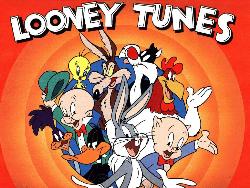bugs bunny or daffy duck?
By wiseper
@wiseper (787)
Philippines
6 responses
@FearMeNewbs (300)
• United States
10 Nov 06
Im goin to go with bugs bunny. I used to watch him all the time. He was good to me.










